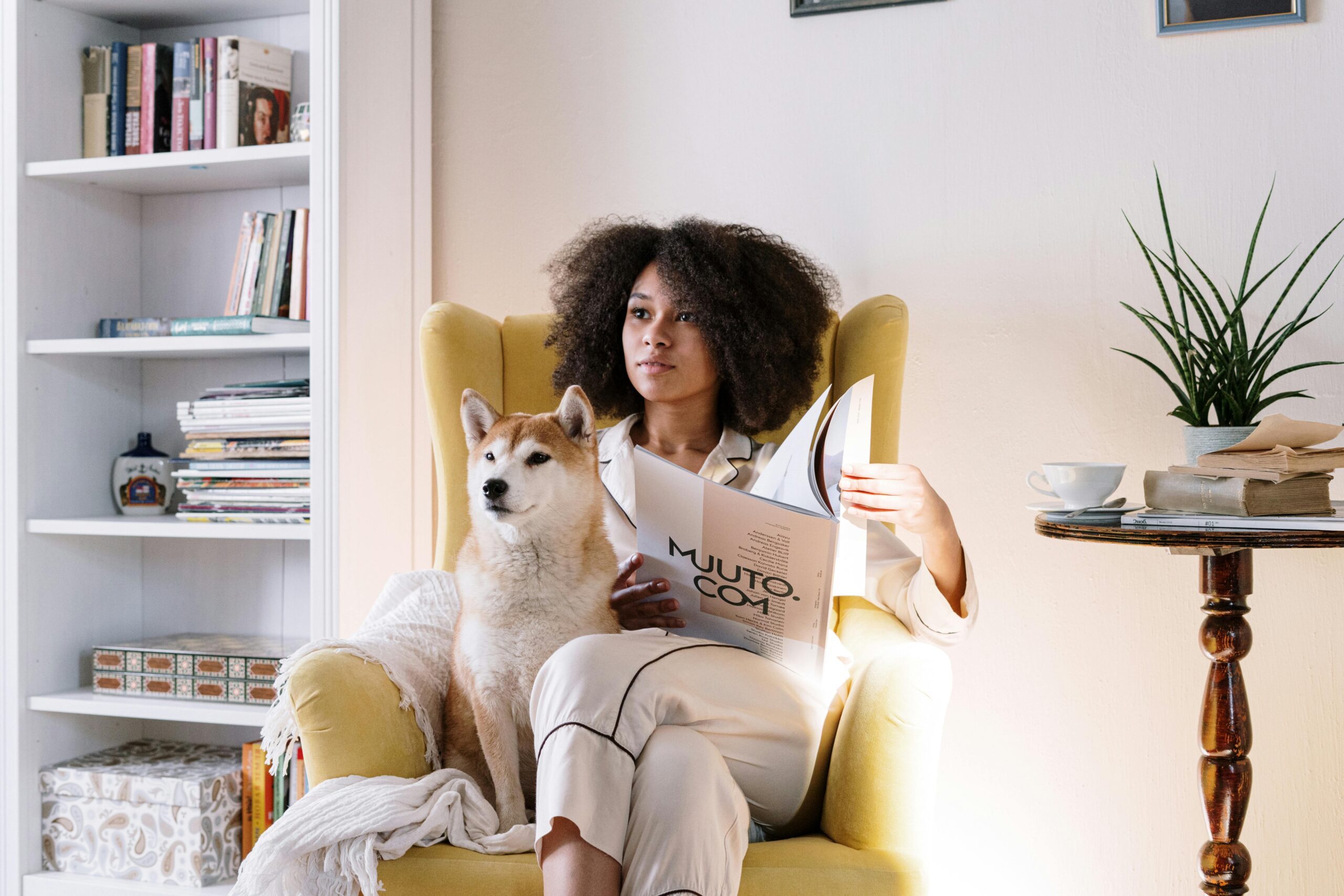When back-to-school season arrives, families fall into a whirlwind of early alarms, packed lunches, and rigid schedules. But while you’re adjusting to the new normal, your dog may be left confused, anxious, and wondering why everything has changed so suddenly.
Dogs thrive on routine. When their world shifts overnight from full-time companionship to quiet days alone, it can trigger anxiety, behavioral setbacks, and even destructive habits. At Off Leash K9 Training Cleveland, we help families every fall with dogs that are suddenly experiencing new issues, all because of the back-to-school transition.
The good news is that with the right plan, your dog doesn’t have to struggle. With preparation, structure, and some simple training strategies, you can make this seasonal shift smooth and stress-free.
Why School Routines Impact Dogs
Dogs often don’t understand why their humans suddenly disappear for long stretches of the day. Some signs that your dog is reacting to a sudden change in schedule include:
- Barking, whining, or howling after you leave
- Destructive chewing or digging
- Accidents in the house despite being potty trained
- Clinginess or separation anxiety
- Excess energy when everyone returns home
The shift from summer’s relaxed, people-filled days to a quiet, empty home is more dramatic than most pet parents realize.
Gradually Shift the Routine
One of the best things you can do is prepare in advance. Start adjusting your dog’s daily schedule before the first day of school.
Two weeks before school starts:
- Wake your dog at the same time they will on school mornings
- Feed meals on the new schedule
- Begin practicing longer periods of alone time
- Ease off constant attention throughout the day
This gives your dog time to acclimate to changes slowly instead of all at once.
Reinforce Foundational Training
Training plays a major role in helping dogs feel calm and confident during transitions. When a dog knows what’s expected of them, they’re far less likely to react with stress or chaos.
Work on reinforcing:
- “Place” command to help your dog stay calm during hectic mornings
- Crate training or boundary work to encourage independence
- Impulse control around doors, backpacks, and morning goodbyes
If your dog’s obedience skills have gotten rusty over summer, now is the perfect time to revisit our Basic Obedience Program to bring back structure and consistency.
Prevent Separation Anxiety Early
When a dog is suddenly left alone for hours, especially after weeks of nonstop companionship, separation anxiety can creep in. Prevention is easier than correction, so take proactive steps before the first school bell rings.
Use these tactics:
- Leave for short periods and gradually extend them
- Offer frozen Kongs or puzzle feeders to build positive associations
- Avoid dramatic greetings or goodbyes
- Keep exits low-energy and predictable
Our blog on preventing overheating also includes indoor enrichment ideas that double as great alone-time activities.
Establish a Morning Routine That Includes Your Dog
Morning routines during school season tend to be chaotic. Incorporating your dog in a structured way reduces confusion and helps them feel secure.
Sample routine:
- Wake up and take your dog outside for a quick potty break
- Feed breakfast at the same time each morning
- Offer light physical or mental activity, like fetch or obedience drills
- Cue “place” or crate while kids finish getting ready
- Exit quietly, without fuss or emotional energy
Routine gives your dog predictability, and predictability creates calm behavior.
Reconnect After School the Right Way
After-school hours are a big adjustment too. Children may come home loud, excited, or tired. Your dog may also be wound up from hours of rest.
To make this time positive:
- Require calm behavior before greeting
- Supervise playtime between kids and dog
- Offer structured activities like a short walk or tug session
- Avoid overstimulating your dog with chaotic energy
If your dog’s behavior shifts during walks or after-school outings, our blog on why your dog’s behavior changes on walks can help you understand and correct those responses.
Give the Whole Family a Role
Incorporate your dog’s needs into the family’s new routine. Assign dog-related tasks to age-appropriate children to create consistency and responsibility.
Sample tasks for kids:
- Refill the water bowl
- Give meals
- Help with short training sessions
- Supervise outdoor potty breaks
Having kids care for dogs isn’t just helpful for routines, it builds emotional intelligence, confidence, and responsibility. According to the American Kennel Club, children who grow up with dogs are often more empathetic, more active, and better communicators.
Stay Patient and Consistent
Your dog may regress or show signs of stress at first. This is normal. Change takes time. Stay consistent with training and avoid reacting emotionally to minor setbacks. Your dog will adjust if you stick to the plan.
If things don’t improve after a few weeks, or if you notice excessive barking, destruction, or anxiety, don’t wait too long to get help. Many of these issues are easier to fix when caught early.
Final Thoughts
The back-to-school transition doesn’t have to mean trouble for your dog. With clear expectations, a little pre-planning, and structure, your dog can handle the shift with confidence. You’ll notice better behavior, more calm energy, and a stronger bond across the whole family.
If your dog needs help adjusting to new routines, reach out to us today to schedule a personalized consultation. We’ll help your dog thrive through every season.


